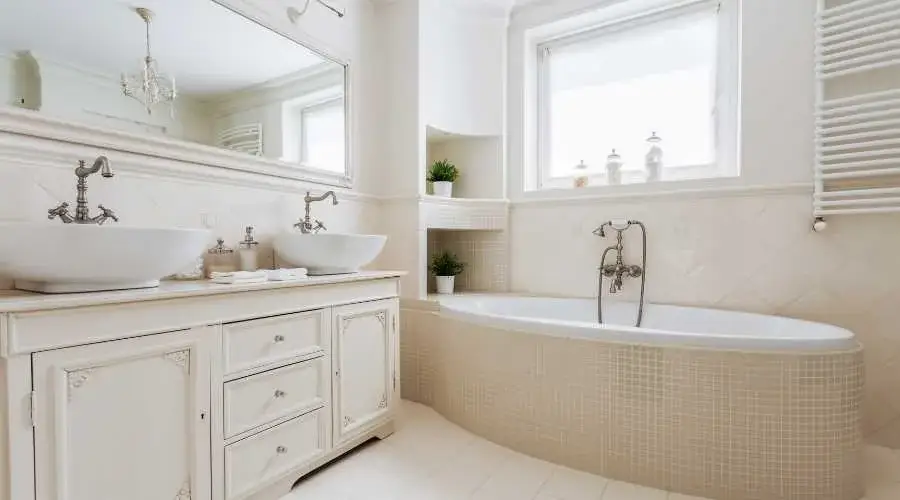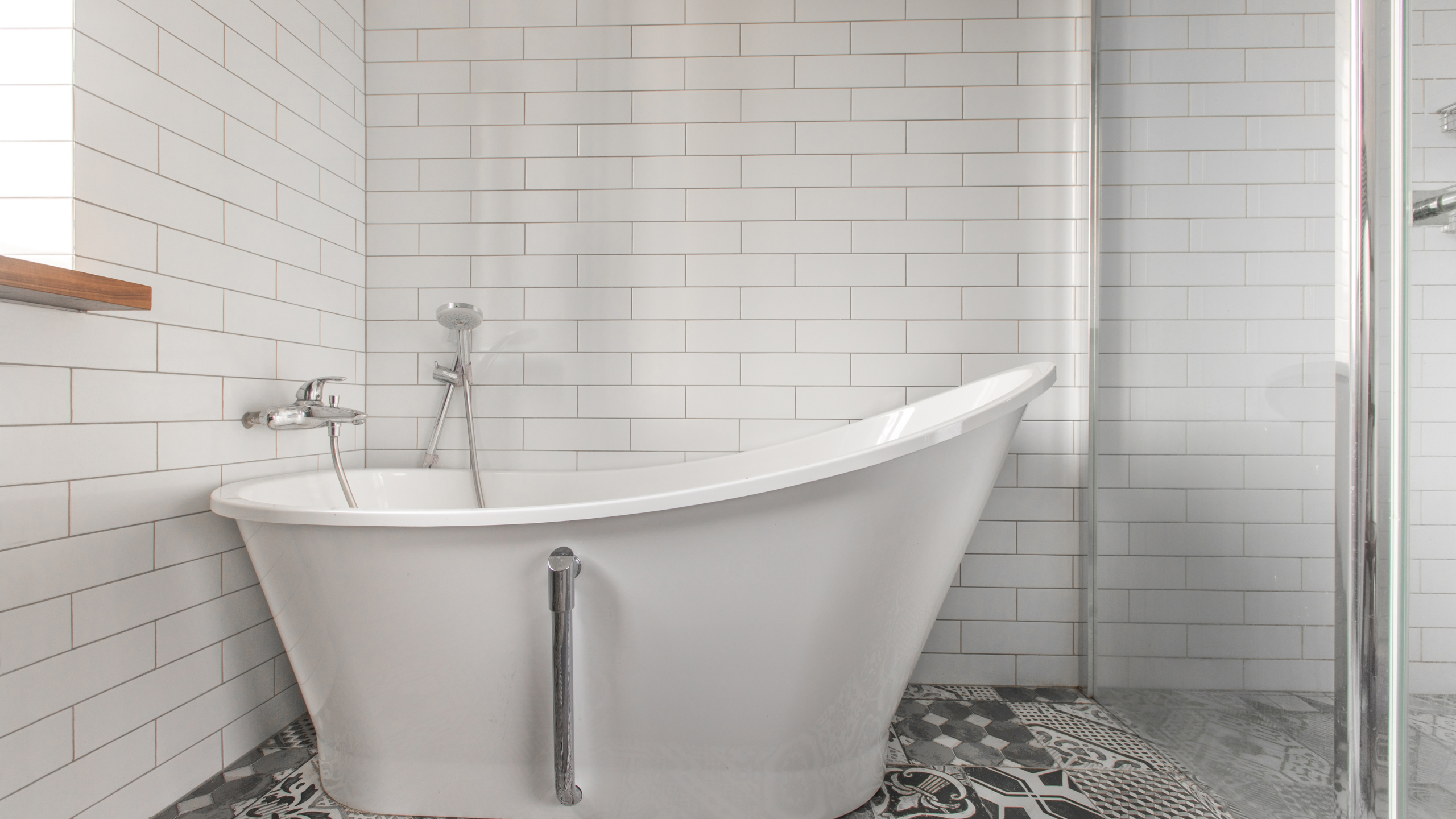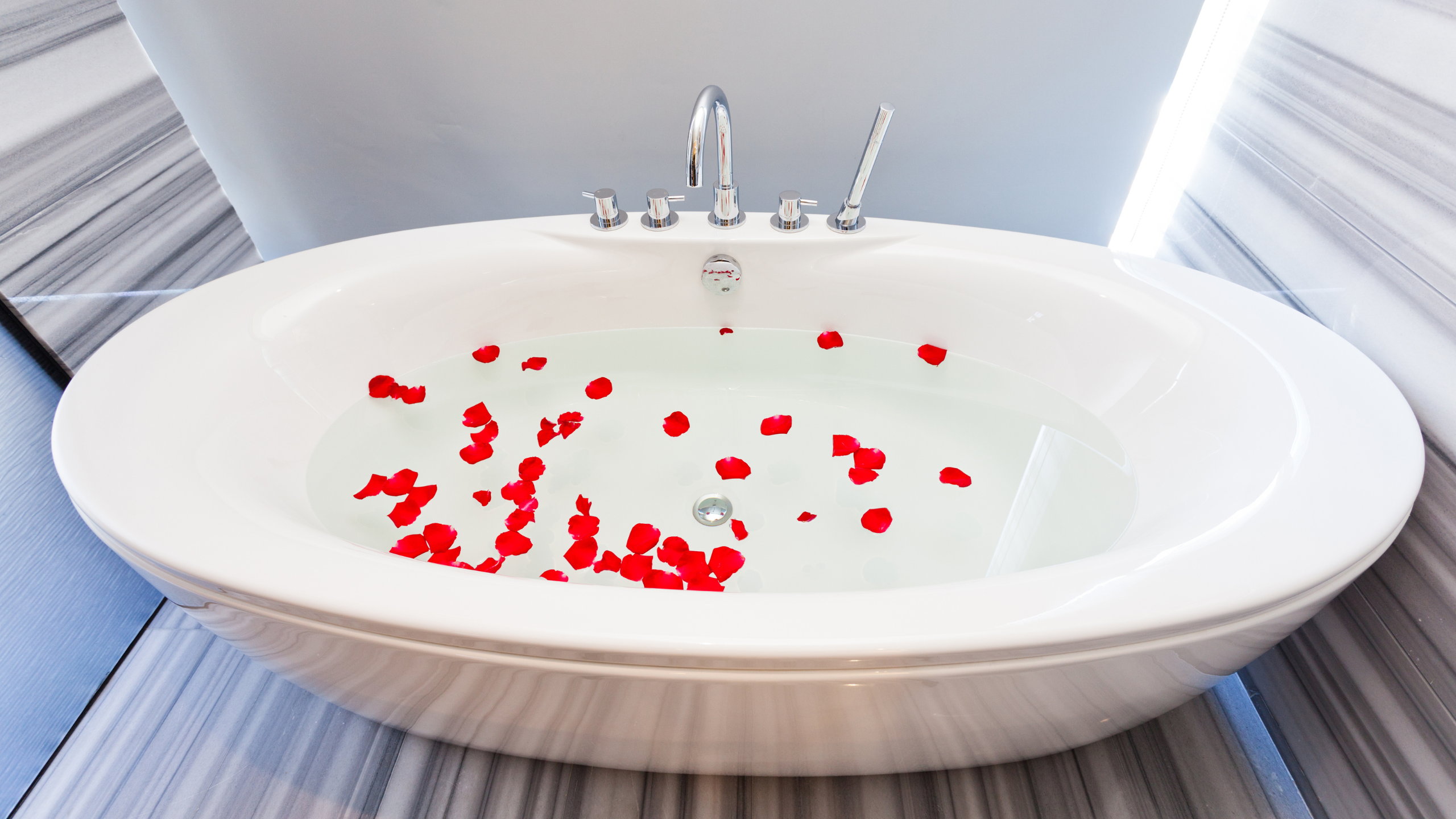Why spend money fixing your tub when you can buy a new one for virtually the same price?
It’s possible to find a brand new bathtub for under $500, but the expense of replacing an old one is substantially higher. Why? Bathrooms are often the center of attention in houses, despite the fact that buying a new tub isn’t even close to being the most expensive part of the process.
The truth is that the majority of the replacement cost is initially obscured. What are some examples of such hidden expenses?
The Cost of Taking Away and Disposing of Tubs
Can you get the tub out of the bathroom by yourself? Is there access from the front door or the restroom? How do you plan to eliminate it, assuming you can?
If you get the tub out that far, you’ll probably crack some tile in the bathroom, and the new tub might not be compatible with the piping in the existing fixtures. This means you may also be in need of a plumber and a tile setter. This is how the price to fix a $500 bathtub can quickly climb into the hundreds.
For What Reasons Is Refinishing Preferable?
Remodeled tubs last just as long as brand-new ones. With regular upkeep, a restored surface can have the same lifespan as a brand-new bathtub—up to 20 years.
Do Refinished Tubs Require Any Special Care?
Yes. Please use gentle, nonabrasive cleaners without bleach to keep a professionally refinished surface appearing brand new. Abrasive cleansers, like bleach, can dull or harm the gloss or luster, just as they would on any fresh surface.
Keep the non-silicone caulking in good condition and never use a suction mat in the tub if you want your refinished surfaces to last as long as possible and appear like new. Mildew growth between the non-suction mat and the tub can be prevented by removing the mat after each use.




